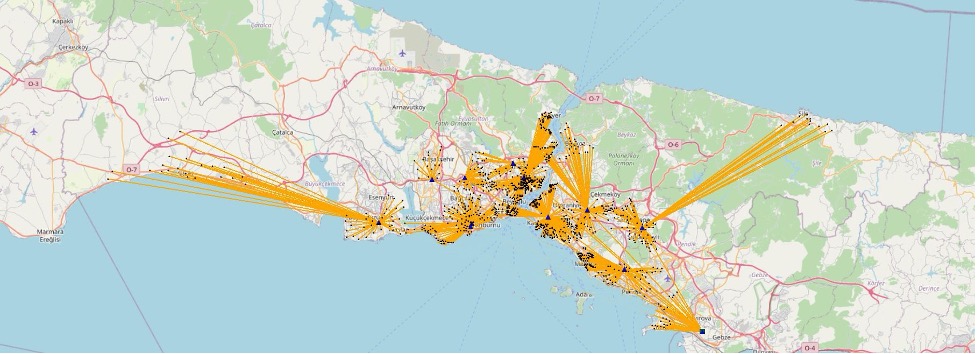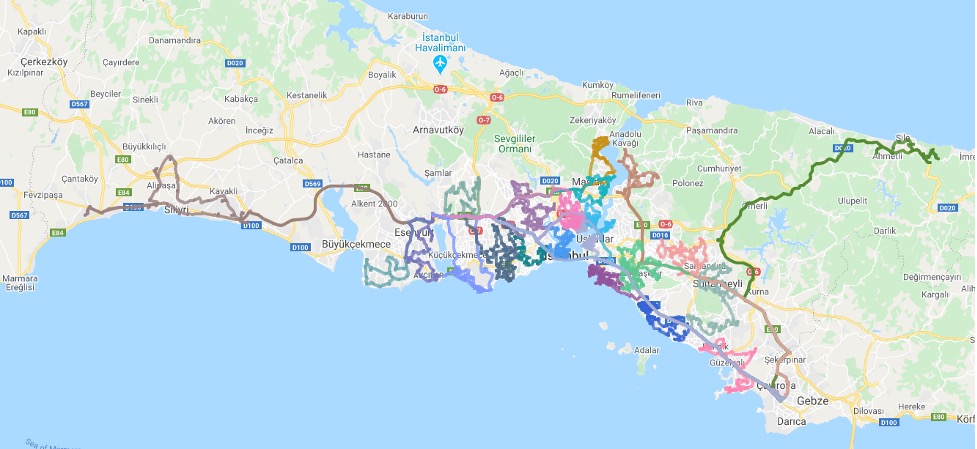Micro Logistics – Positioning for the Last Mile

If you’ve been following the news about Amazon for the past few years, you’ve probably heard that they are acquiring abandoned shopping malls at an increasing pace. Ironically, one of the main reasons for the closure of these shopping malls is the impact of the pandemic, which Amazon seems to disregard. However, Amazon’s goal is not to revitalize these shopping malls but to convert them into centers for last-mile delivery. This is because many shopping malls are located in central areas of densely populated cities. When looked at through this lens, the unique locations of malls can assist Amazon in providing “same-day” and “next-day” deliveries.

Another advantage of these locations is the potential for rapid access to the workforce. Since the increase in e-commerce volume and its share of overall retail post-pandemic last March, it has been the biggest driving force behind Dijitalis assisting its clients in developing distribution network strategies.
Designing and optimizing such micro-distribution and last-mile delivery networks is much more complex than modeling domestic distribution systems that deal primarily with intercity shipments. These projects work in the opposite direction of traditional logistics projects. You can think of it as a kind of puzzle where we are trying to find the right question that fits the known answer. The answer is already predetermined because suitable real estate for building warehouses within the city limits is limited (as in the case of Amazon’s abandoned shopping malls). So the question becomes: how do we make this location best serve our customers?

When addressing such micro-distribution and last-mile delivery problems using our advanced analytical tools, we combine network optimization with our vehicle routing solution. Through network optimization, we narrow down the network design alternatives. We then run route optimization on the remaining alternative designs and calculate detailed logistics costs to reach the final design. Many factors come into play in such a hybrid analytical approach that usually do not need to be included in larger-scale network design projects.

Recently, we provided an analysis service to one of our clients in this context. Our client, who operates an e-commerce warehouse on one side of Istanbul providing fast delivery to all of Istanbul, was considering opening another warehouse on the other side. Some factors we considered in making the right decision in the analysis included:
- Toll fees: In this e-commerce operation where the number of customers is high and the quantities are small, requiring fast delivery (such as same-day or next-day delivery), there is a need for a dedicated fleet. The fees for crossings between the two sides of Istanbul are a significant factor that affects what the right decision will be.
- Traffic: In such micro-distribution efforts, it is essential to route vehicles based on the time of day and direction of traffic. This significantly affects how many stops a delivery vehicle can make, the driver’s service capacity, and how many circuits a vehicle can make.
No matter the geography, modeling and optimizing these types of micro-distribution and last-mile delivery operations are the first step to success in a continuously changing, more constrained, and challenging supply chain.





